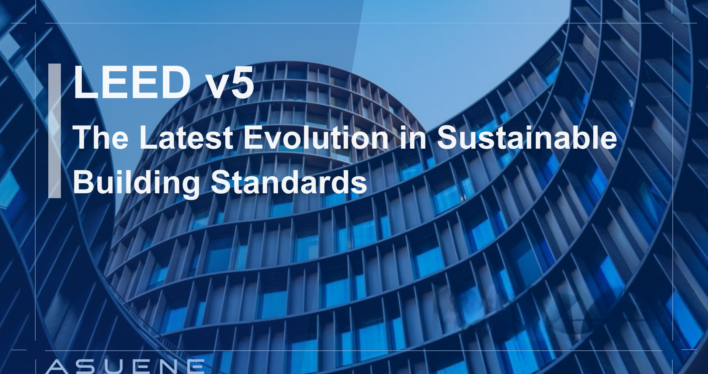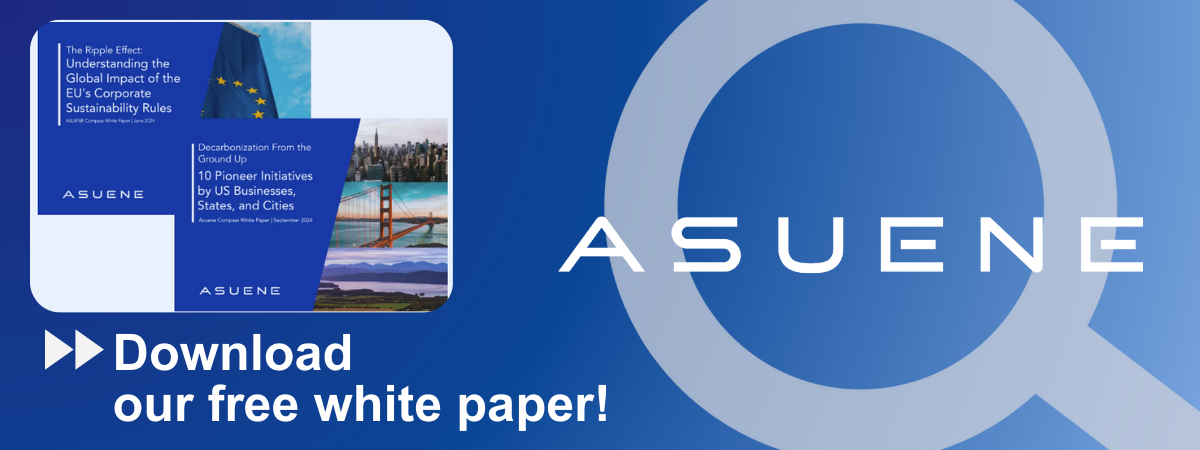- Article Summary
-
The Evolution of Green Building Standards
The Leadership in Energy and Environmental Design (LEED) certification program, developed by the U.S. Green Building Council (USGBC), has long served as the benchmark for sustainable building practices around the world. Since its inception in 1998, LEED has continually evolved to address the pressing environmental challenges of its time. Now, with the introduction of LEED v5, the green building standard is undergoing one of its most significant updates to date.
LEED v5 comes at a time when climate science, equity, health, and resilience are increasingly critical concerns for the built environment. With a sharpened focus on carbon emissions, social equity, and systems-level transformation, this new version is designed to help developers, architects, and policymakers accelerate progress toward net-zero carbon goals and more inclusive communities. It also reflects the global urgency to mitigate climate change and align with frameworks such as the Paris Agreement and the UN Sustainable Development Goals (SDGs).

This article will provide an in-depth exploration of LEED v5, detailing its major updates, comparing it to previous versions (especially LEED v4 and v4.1), and highlighting its implications for ESG-focused development. Charts and tables are provided to clearly summarize the key differences and strategic considerations.
Core Shifts in LEED v5: A Systems Approach to Decarbonization and Equity
One of the most defining characteristics of LEED v5 is its systems-thinking approach, where buildings are viewed not just as isolated structures but as active agents in a larger environmental and social ecosystem. Key changes introduced in LEED v5 include:
- Mandatory carbon tracking and performance thresholds
- Updated energy and embodied carbon metrics
- Greater emphasis on health, resilience, and equity
- Integration with ESG reporting and climate disclosure standards
- Simplified credit structure and streamlined documentation
These changes reflect a deeper alignment with Scope 1, 2, and 3 emissions accounting, life-cycle assessments (LCAs), and tools like the EC3 tool for embodied carbon. Additionally, LEED v5 now directly supports organizations aiming for science-based targets and GHG Protocol-compliant reporting.
Key Changes from LEED v4.1 to LEED v5
| Category | LEED v4.1 | LEED v5 (2024) Updates |
|---|---|---|
| Carbon Focus | Indirect focus, mostly via energy use | Direct and mandatory carbon metrics (Ops + Embodied) |
| Embodied Carbon | Optional LCA credits | Required assessment + minimum performance |
| Energy Performance | Modeled with ASHRAE 90.1-2016 | Based on carbon intensity and source energy |
| Equity & Health | Pilot credits | Core prerequisites and enhanced scoring weight |
| Resilience | Optional | Core metric in project performance evaluation |
| ESG Integration | Not directly aligned | Aligns with CDP, GRESB, SASB, TCFD |
| Rating System Structure | 9 credit categories | 6 restructured categories (incl. Carbon, Health, Equity) |
Through this refocused lens, LEED v5 seeks to move beyond traditional metrics and establish performance frameworks that contribute meaningfully to corporate ESG performance and long-term climate resilience.
Carbon and Energy: A Decarbonization-First Framework
The centerpiece of LEED v5 is its carbon-first strategy, which acknowledges that energy efficiency alone is insufficient to address the climate emergency. This version introduces new carbon metrics across two key domains: operational carbon (emissions from energy use) and embodied carbon (emissions from materials and construction).
Components of Building Emissions Addressed in LEED v5
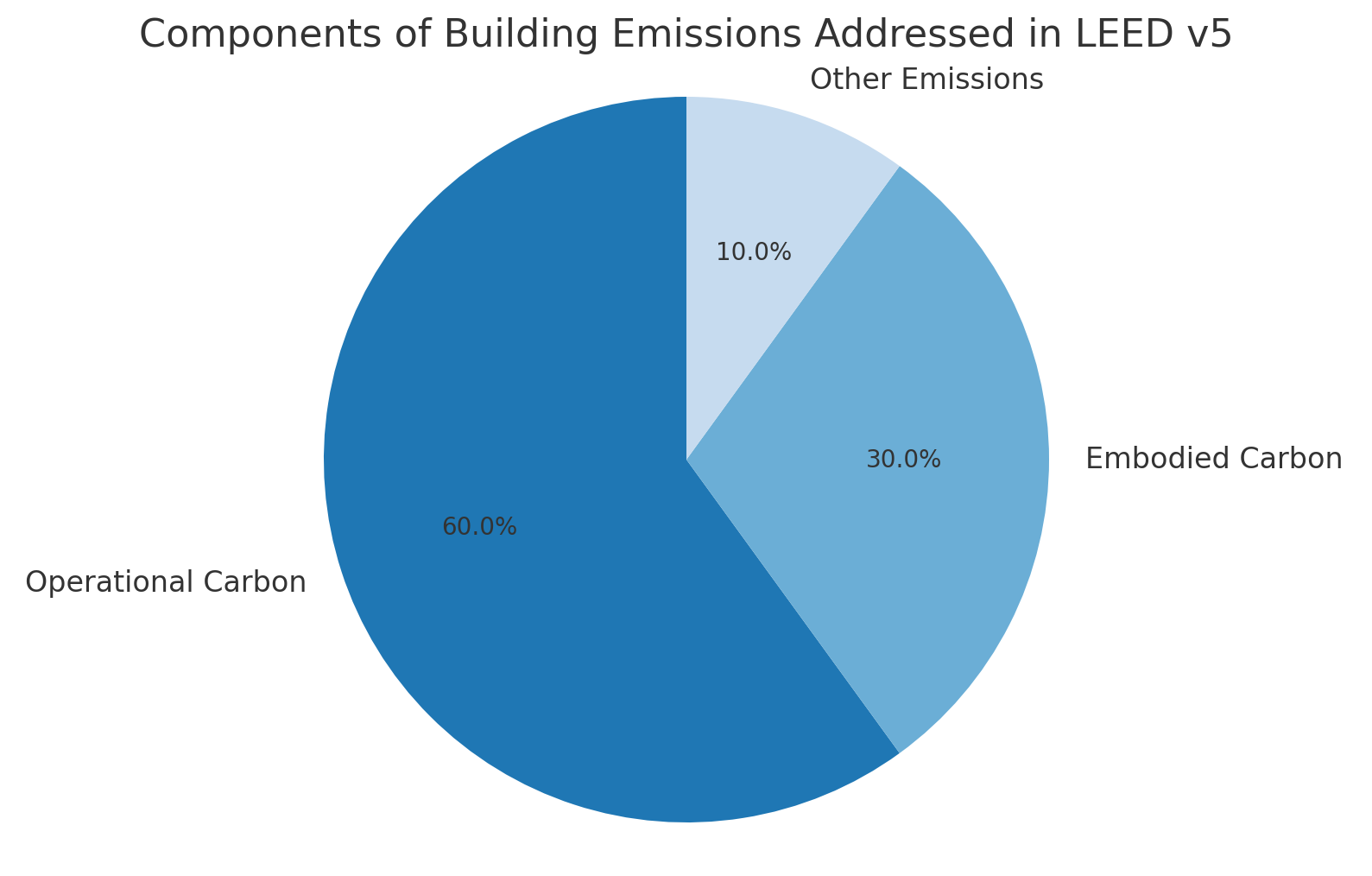
To improve performance, LEED v5 mandates:
- Carbon intensity thresholds based on climate zones
- Life-cycle analysis (LCA) for core materials
- Preferred use of low-carbon, reused, and recycled materials
- Integration with electrification pathways (heat pumps, renewable power)
Additionally, projects are now scored based on their contribution to grid decarbonization, promoting demand flexibility and renewable energy storage.
New Carbon Performance Requirements by Building Type
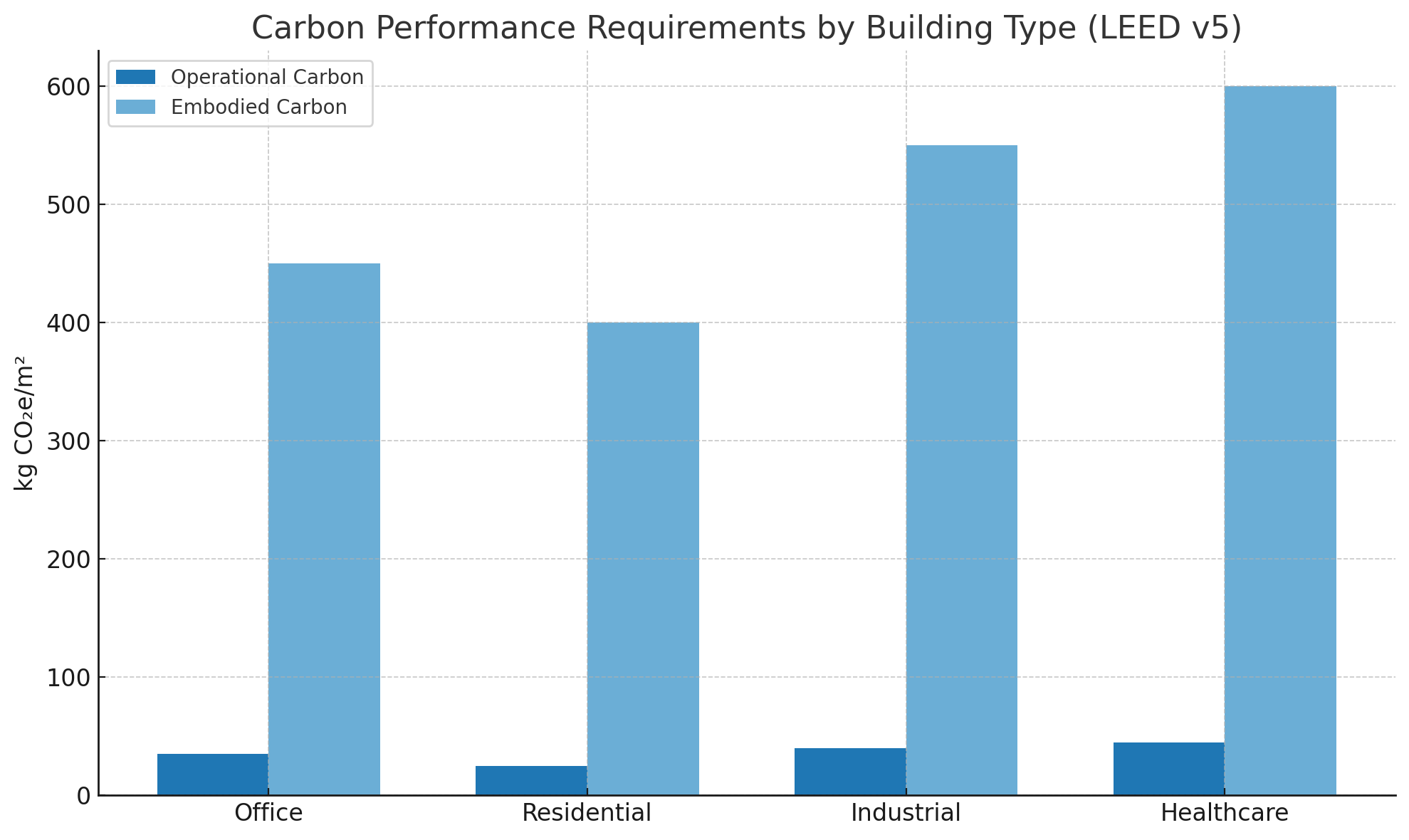
| Building Type | Operational Carbon Limit (kg CO₂e/m²/yr) | Embodied Carbon Limit (kg CO₂e/m² total) |
|---|---|---|
| Office | 35 | 450 |
| Residential | 25 | 400 |
| Industrial | 40 | 550 |
| Healthcare | 45 | 600 |
These thresholds are expected to evolve over time to reflect advances in decarbonization technologies and policy alignment with national net-zero targets.
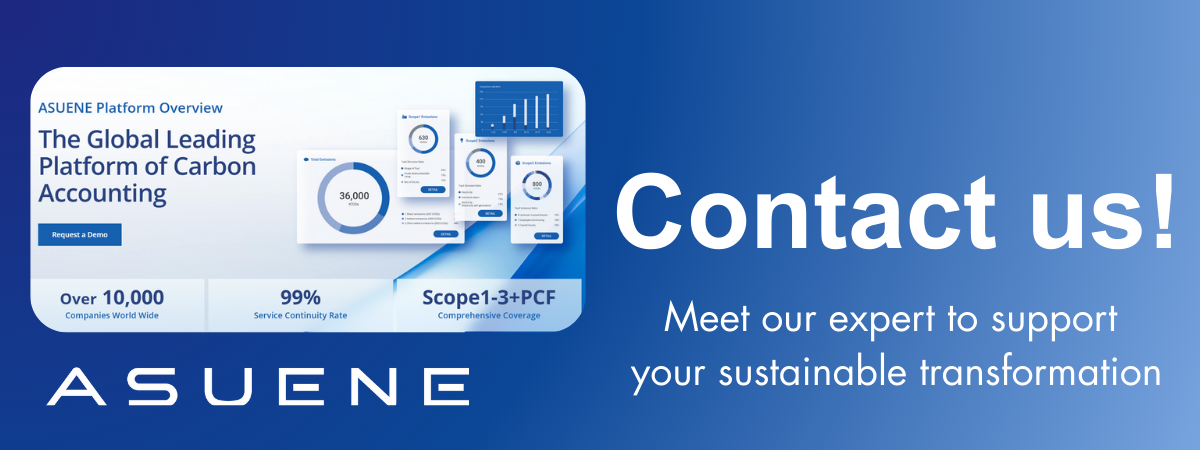
Health, Resilience, and Equity: Expanding the Definition of Sustainability
In LEED v5, the concept of sustainability is broadened to encompass human health, community resilience, and social equity. These dimensions are no longer optional—they are central to the certification framework.
Key additions include:
- Indoor Environmental Quality (IEQ) metrics tied to WELL Building Standard
- Thermal comfort and ventilation targets based on real-time monitoring
- Mandatory community impact assessments
- Equity strategies for underserved populations (based on EPA EJSCREEN or equivalent)
LEED v5 also incorporates tools for assessing climate risk and adaptive capacity, encouraging buildings to be designed for extreme weather events, sea level rise, and long-term grid disruptions.
LEED v5 Credit Distribution by Theme
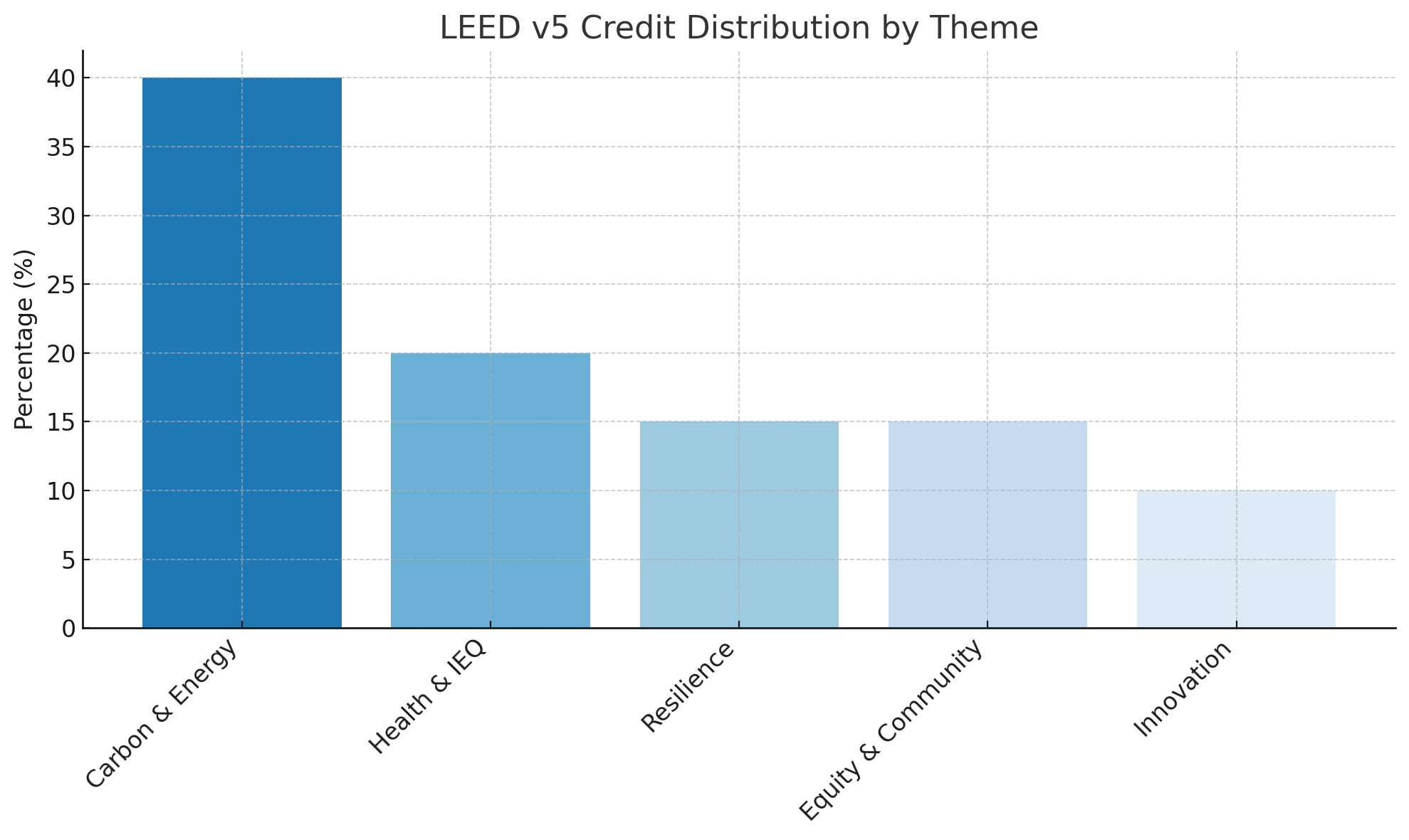
By explicitly tying project performance to the well-being of occupants and surrounding communities, LEED v5 repositions green buildings as equity-driven climate solutions, not just technical achievements.
Implementation and Market Impacts: Opportunities and Challenges
The implementation of LEED v5 presents both opportunities and challenges for stakeholders across the building lifecycle. For developers and architects, it requires more integrated design processes, earlier collaboration with engineers and LCA consultants, and a stronger focus on data and performance tracking.
From an ESG standpoint, LEED v5 enhances an organization’s ability to report on:
- Scope 1, 2, and 3 emissions
- Climate risk and resilience (aligned with TCFD)
- Social impact and equity investments
- Energy transition and electrification pathways
However, the stricter baseline requirements may increase project costs in the short term, particularly for projects in jurisdictions with limited access to renewable energy or advanced materials. To ease this transition, USGBC is offering:
- Pilot credit paths
- Technical guidance documents
- Digital performance dashboards
- Regional adaptation of thresholds
These tools are intended to ensure that LEED v5 adoption is scalable across global markets, including developing economies where green infrastructure is critically needed.
Conclusion: LEED v5 as a Strategic ESG Tool for the Built Environment
LEED v5 represents a significant leap forward in the evolution of green building standards. With its uncompromising focus on carbon, equity, and resilience, this version aligns more directly than ever with the goals of net-zero buildings, climate justice, and ESG accountability.
For ESG-minded investors and developers, LEED v5 is not just a certification—it’s a strategic framework for delivering transparent, high-impact sustainability outcomes. As global regulations tighten and climate-related disclosures become mandatory, tools like LEED v5 will serve as essential platforms for managing risk, driving innovation, and proving climate leadership.
To truly transform the built environment, however, LEED v5 must be adopted not only by pioneers but also by the mainstream. Only then can it fulfill its promise of building a low-carbon, inclusive, and climate-resilient future for all.
Why Work with ASUENE Inc.?
Asuene is a key player in carbon accounting, offering a comprehensive platform that measures, reduces, and reports emissions, including Scope 1-3, with expertise in decarbonization. Asuene serves over 10,000 clients worldwide, providing an all-in-one solution that integrates GHG accounting, ESG supply chain management, a Carbon Credit exchange platform, and third-party verification.
ASUENE supports companies in achieving net-zero goals through advanced technology, consulting services, and an extensive network.
